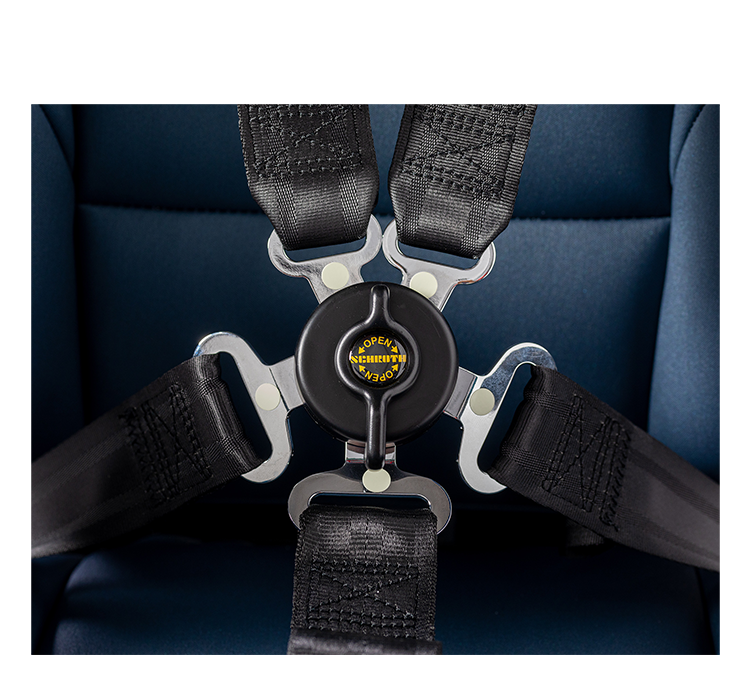How MOBIUS Blast-Protected Seats Measure Up to The Dynamic Response Index
Blog

Seat belt requirements on Energy Absorbing Seat
Combat vehicles are designed to operate in extremely hostile environments. The focus and function of most safety measures and protection systems integrated within these vehicles is therefore to reduce and mitigate the impact of threats such as direct fire, or the detonation of anti-vehicular landmines scattered in the field.
However, military vehicles are first and foremost automotive platforms and as such, whether travelling offroad through rough terrain or on paved roads, they are required to comply with the same civil safety regulations that are applied to any vehicle, as dictated by the ECE and FMVSS in Europe and in the US respectively.
Primarily designed to reduce the risk of injury in the event of a frontal collision, the seat belt is an integral and crucial protective device installed within every military vehicle seat. FMVSS 210 establishes requirements for seat belt assembly anchorages, to ensure their proper location for effective occupant restraint.
These requirements apply to two types of seat belt assembly: Type 1 – a lap belt with two anchor points for pelvic restraint; and Type 2 – a combination of pelvic and upper torso restraints with three anchor points. Although the seat restraints within an armored vehicle are mostly a 4-point or 5-point heavy-duty harness, these two regulatory requirements are applicable.
The requirements for seat belt assembly anchorages as set out in the FMVSS take into account possible fore-and-aft seat adjustment, making them relevant mostly to driver and commander seats.
Regarding seat belt anchorages for restraint in the pelvic region, FMVSS 210 sets out requirements covering two basic installation options:
In both cases, the line from the seating reference point (SgRP) to the nearest belt contact point on the seat frame is required to extend forward from that contact point, at an angle with the horizontal of not less than 30 degrees and not more than 75 degrees, as illustrated here:
Although either installation option is suitable for fore/ aft adjustable seats, the one on the right – the belt attached to the seat frame – is more practical to implement for two reasons: there are less points of interaction between the belt and the body, so it requires less connecting hardware; and there is no requirement to maintain a relative position between the anchor point and the contact point.

As mentioned above, seat restraints in military vehicles are typically 4-point or 5-point heavy-duty harnesses, that cross the upper torso as well as the pelvic region. Regarding the upper torso portion of the seat belt, paragraph S4.3.2 of FMVSS 210 sets out an acceptable range within which the upper end of the restraint is to be located. Calculated based on the seat position when adjusted to its full rearward and downward position, with the seat back at its most upright, this acceptable range is illustrated in the image below.
In military vehicles in which an energy absorbing system is integrated within the seating solution, in the event of a mine blast all the seats are subject to height change in relation to the vehicle body, not just those with height adjustment mechanism.
The seats will stroke down intensely as illustrated in the video below.
This was a major consideration when designing the placement of the seat belt anchorage in the Mobius energy absorbing seating system. Considering both the requirements of FMVSS 210 as detailed above, and the potentially intense stroke down that the seat might undergo relative to the vehicle body, we optimized the anchorage point for upper torso restraint, placing it at the upper back of the seat backrest. Together with the fixing of the seat belt anchor points to the seat itself, this ensures that in our energy absorbing seating system, the passenger remains secured in the seat, as if held in a protective capsule – optimizing safety and regulatory compliance.